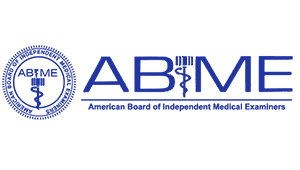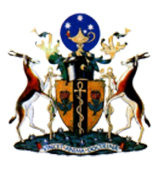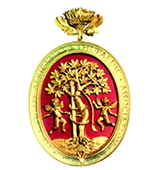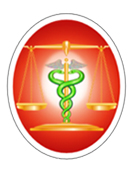-
Shoulder Pain

Pain in the shoulder may suggest an injury, which is more common in athletes participating in sports such as swimming, tennis, pitching, and weightlifting. The injuries are caused due to the over usage or repetitive motion of the arms.
-
Shoulder Dislocation

Sports that involve overhead movements and repeated use of the shoulder at your workplace may lead to sliding of the upper arm bone from the glenoid. The dislocation might be a partial dislocation (subluxation) or a complete dislocation causing pain and shoulder joint instability. The shoulder joint often dislocates in the forward direction (anterior instability), and sometimes in the backward or downward direction.
-
Shoulder Fracture
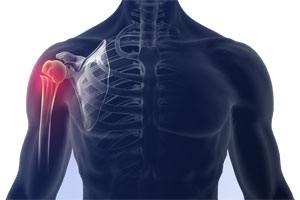
A break in a bone that makes up the shoulder joint is called a shoulder fracture.
-
Frozen Shoulder

Frozen shoulder, also called adhesive capsulitis, is a condition in which you experience pain and stiffness in your shoulder. The symptoms appear slowly, worsen gradually and usually take one to three years to resolve on their own.
-
Rotator Cuff Tear
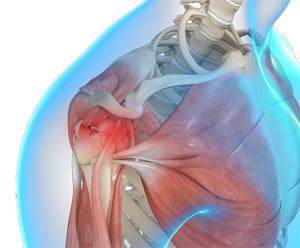
A rotator cuff is a group of tendons in the shoulder joint that provides support and enables a wide range of motion. A major injury to these tendons may result in rotator cuff tears. It is one of the most common causes of shoulder pain in middle-aged and older individuals.
-
Arthritis of the Shoulder
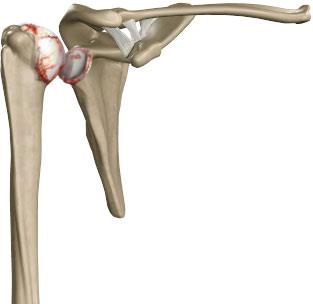
The term arthritis literally means inflammation of a joint but is generally used to describe any condition in which there is damage to the cartilage. Damage of the cartilage in the shoulder joint causes shoulder arthritis. Inflammation is the body's natural response to injury. The warning signs that inflammation presents are redness, swelling, heat, and pain.
-
Shoulder Instability

Shoulder instability is a chronic condition that causes frequent dislocation of the shoulder joint.
-
Shoulder Labral Tear
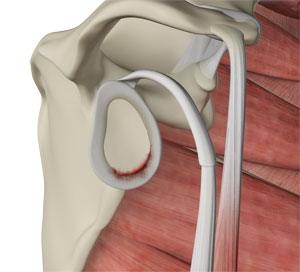
Traumatic injury to the shoulder or overuse of the shoulder (throwing, weightlifting) may cause the labrum to tear. In addition, ageing may weaken the labrum leading to injury.
-
SLAP Tears

The term SLAP (superior –labrum anterior-posterior) lesion or SLAP tear refers to an injury of the superior labrum of the shoulder.
-
Clavicle Fracture

The break or fracture of the clavicle (collarbone) is a common sports injury associated with contact sports such as football and martial arts, as well as impact sports such as motor racing. A direct blow over the shoulder that may occur during a fall on an outstretched arm or a motor vehicle accident may cause the clavicle bone to break.
-
Throwing Injuries of the Shoulder
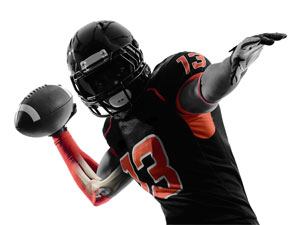
Throwing injuries of the shoulder are injuries sustained as a result of trauma by athletes during sports activities that involve repetitive overhand motions of the arm as in baseball, American football, volleyball, rugby, tennis, track and field events, etc. Throwing injuries are mostly seen in the shoulder and elbow and can occur due to improper techniques, training errors, muscle imbalance, and overuse of muscles.
-
Bicep Tendon Rupture
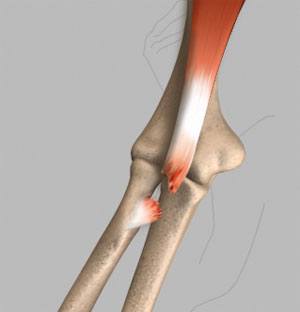
The biceps tendon can tear at the shoulder joint or elbow joint. Most biceps tendon ruptures occur at the shoulder, which is referred to as a proximal biceps tendon rupture. When it occurs at the elbow it is referred to as a distal biceps tendon rupture and is less common.
-
AC Joint Dislocation/Acromioclavicular Joint Dislocation
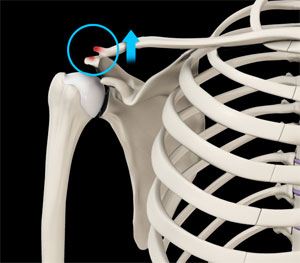
A dislocation occurs when the ends of your bones are partially or completely moved out of their normal position in a joint. A partial dislocation is referred to as a subluxation, whereas a complete separation is referred to as a dislocation.
-
Calcification Tendinitis
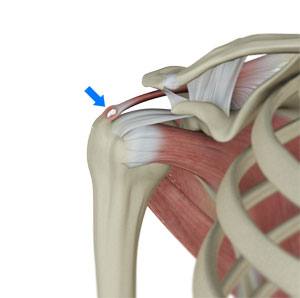
Calcification tendinitis is a problem with the shoulder’s tendons and muscles. This condition occurs due to the formation of calcium deposits in the tendons (tissue which attaches muscle to bone) of the rotator cuff (a group of muscles and tendons stabilising the shoulder).
-
Shoulder Impingement

Shoulder impingement is the inflammation of the tendons of the shoulder joint. It is one of the most common causes of pain in the shoulder. Shoulder impingement is also called swimmer’s shoulder, tennis shoulder or rotator cuff tendinitis.
-
Acromioclavicular (AC) Arthritis
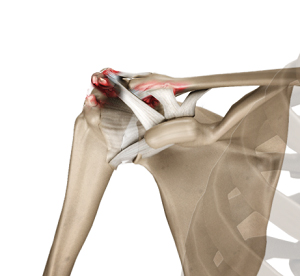
The acromioclavicular joint is part of the shoulder joint. It is formed by the union of the acromion, a bony process of the shoulder blade, and the outer end of the collar bone or clavicle. The joint is lined by cartilage that gradually wears with age as well as with repeated overhead or shoulder level activities such as basketball. The condition is referred to as AC arthritis or acromioclavicular arthritis.
-
Proximal Biceps Tendinitis
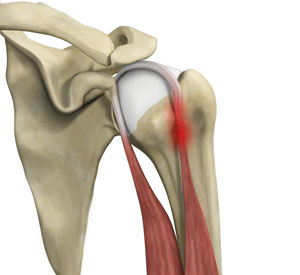
Proximal biceps tendinitis is the irritation and inflammation of the biceps tendon at the shoulder joint. The biceps muscle is the muscle of the upper arm which is necessary for the movement of the shoulder and elbow. It is made of a ‘short head’ and a ‘long head’ which function together. The long head of the biceps tendon is attached at the top of the shoulder joint. The short head is attached to your shoulder blade.
-
Proximal Biceps Tendon Rupture
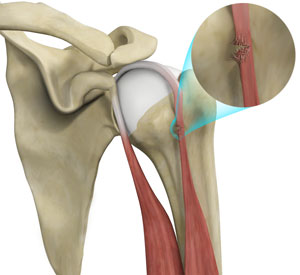
The biceps muscle is the muscle of the upper arm which is necessary for the movement of the shoulder and elbow. It is made of a ‘short head’ and a ‘long head’ which function together. These are connected to the shoulder joint by two tendons called the proximal biceps tendons and to the elbow joint by a single distal biceps tendon.
-
Anterior Shoulder Instability
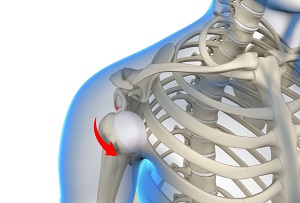
Anterior shoulder instability, also known as anterior glenohumeral instability, is a condition in which damage to the soft tissues or bone causes the head of the humerus (upper arm bone) to dislocate or sublux from the glenoid fossa, compromising the function of the shoulder.
-
Subluxation
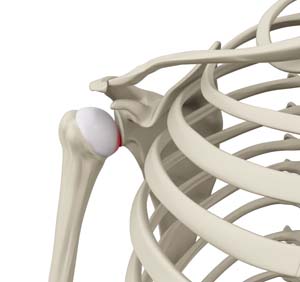
The shoulder is a highly mobile ball and socket joint. The ball of the upper arm bone (humerus) is held in place at the socket (glenoid) of the shoulder blade (scapula) by a group of ligaments. A partial dislocation of the shoulder joint is termed as a subluxation.
-
Sternoclavicular Arthritis
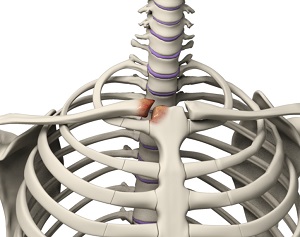
The term arthritis means inflammation of a joint and is associated with cartilage damage. Cartilage is a cushioned padding lining the bones that make up a joint in order to absorb stress during movement. Damage of the cartilage in the sternoclavicular joint of the shoulder causes sternoclavicular arthritis.
-
Little League Shoulder
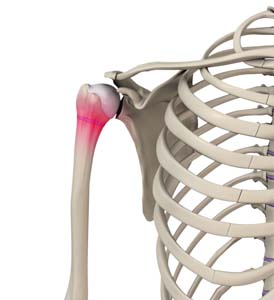
Little league shoulder is an injury to the growth plate of the upper arm bone at the shoulder joint of children. It is an overuse injury caused by repeated pitching or throwing, especially in children between the ages of 10 to 15 years.
-
Shoulder Ligament Injuries
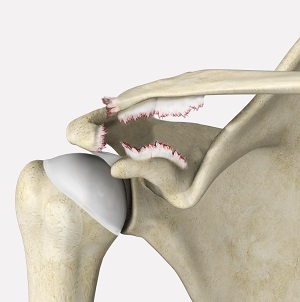
Shoulder ligament injuries are injuries to the tough elastic tissues present around the shoulder that connect bones to each other and stabilize the joint. The ligaments present in the shoulder are connected to the ends of the scapula, humerus, and clavicle bones which form the shoulder complex.
-
Fracture of the Shoulder Blade (Scapula)
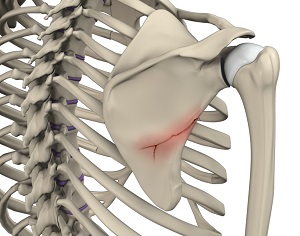
The scapula (shoulder blade) is a flat, triangular bone providing attachment to the muscles of the back, neck, chest and arm. The scapula has a body, neck and spine portion.
-
Proximal Humerus Fractures
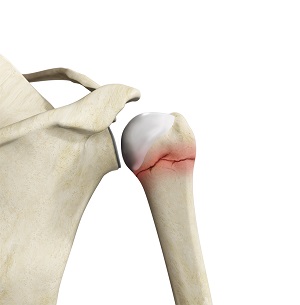
Fractures of the proximal humerus are common in elderly individuals suffering from osteoporosis. In younger individuals, a severe trauma such as a fall from a height on an outstretched hand or motor vehicle accident can cause these fractures.
-
Baseball & Shoulder Injuries
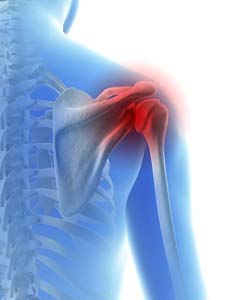
Shoulder injuries in baseball players are usually associated with pitching. While this overhand throwing activity can produce great speed and distance for the ball, when performed repeatedly, can place a lot of stress on the shoulder.
-
Acromioclavicular (AC) Joint Osteoarthritis
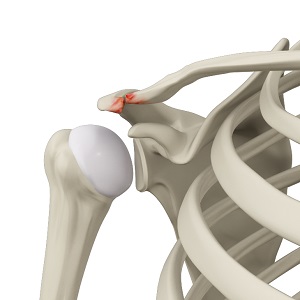
AC joint osteoarthritis affects the tissue covering the ends of bones (cartilage) in the AC joint of the shoulder. The cartilage becomes damaged and worn out causing pain, swelling, stiffness and restricted movement in the AC joint.
-
Shoulder Bursitis
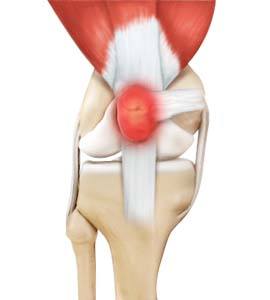
Shoulder bursitis, also known as subacromial bursitis, is a condition characterized by pain and inflammation in the bursa of the shoulder. The bursa is a fluid-filled sac present between the bone and soft tissue that acts as a cushion and helps to reduce friction during movement.
-
AC Joint Separation
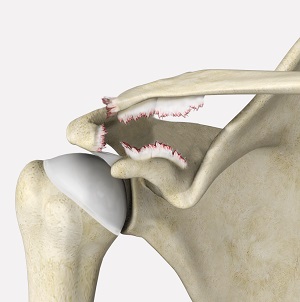
AC joint separation, also known as shoulder separation, is a condition characterized by damage to the ligaments that connect the acromion to the collar bone. As a result, the bones do not line up properly, causing joint pain and instability.
-
Shoulder Tendonitis
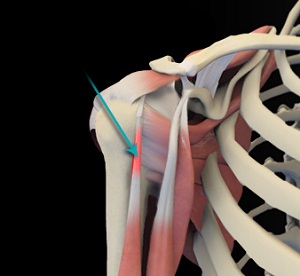
Shoulder tendonitis is a condition characterized by inflammation of the tendons which connect the muscles to the shoulder bones. Tendonitis of the rotator cuff tendons is known as rotator cuff tendonitis. If the biceps tendon is affected, the condition is known as bicipital tendonitis.
-
Acromioclavicular Joint Sprains
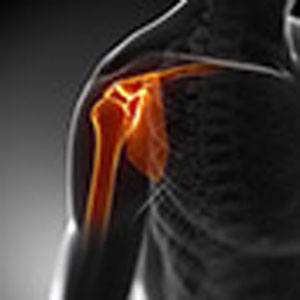
The collarbone and the shoulder blade are connected by the acromioclavicular joint. This is supported by a strong band of ligaments called the acromioclavicular and coracoclavicular ligaments.
-
Rotator Cuff Bursitis

The rotator cuff is a set of muscles and tendons which hold the various bones of the shoulder joint together, providing strength and support. Inflammation of the bursa, a fluid-filled sac between the rotator cuff tendons and a bony process at the top of the shoulder called the acromion, is known as shoulder bursitis or rotator cuff bursitis.
-
Hill-Sachs Lesion
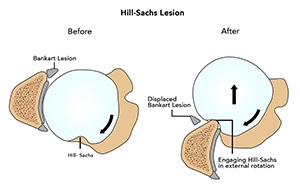
Your shoulder consists of a ‘ball-and-socket joint’. The humerus (upper arm bone) has a rounded head (ball) that is attached to the glenoid cavity (socket) in the shoulder blade. Certain injuries can cause dislocation of the joint and damage to the humeral head. Damage to the back and outer portion of the humeral head can result in a defect called a Hill-Sachs lesion.
-
Acromioclavicular (AC) Joint Injuries
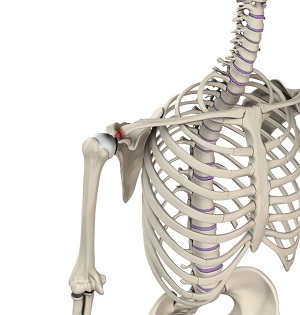
The acromioclavicular (AC) joint in the shoulder is very important for shoulder strength, motion, and maintaining shoulder position. The joint is stabilized by various ligaments and a capsule, which can cause pain and affect normal joint function if damaged.
-
Sandton
MediclinicDr SD Smith
Suite 16, First Floor, Main building
Main Rd & Peter Place
Bryanston
Sandton, GA 2021Tel:
-
Netcare Waterfall
City HospitalDr A Naidoo
Room 301, Waterfall Sports Centre
Exam Room 5. South Block
Magwa Cres & Mac Mac Avenue
Vorna Valley
Midrand, GA 1682Tel:
-
Intercare Sandton Day/
Subacute HospitalDr SD Smith
Day cases can be offered
Consultations at Sandton Mediclinic
200 Rivonia Rd
Morningside
Sandton, GA 2196Tel:
-
Brits Mediclinic
Consultation Block,
1st floor, Room 103
8 Kerk Street
Brits, 0250sTel :



